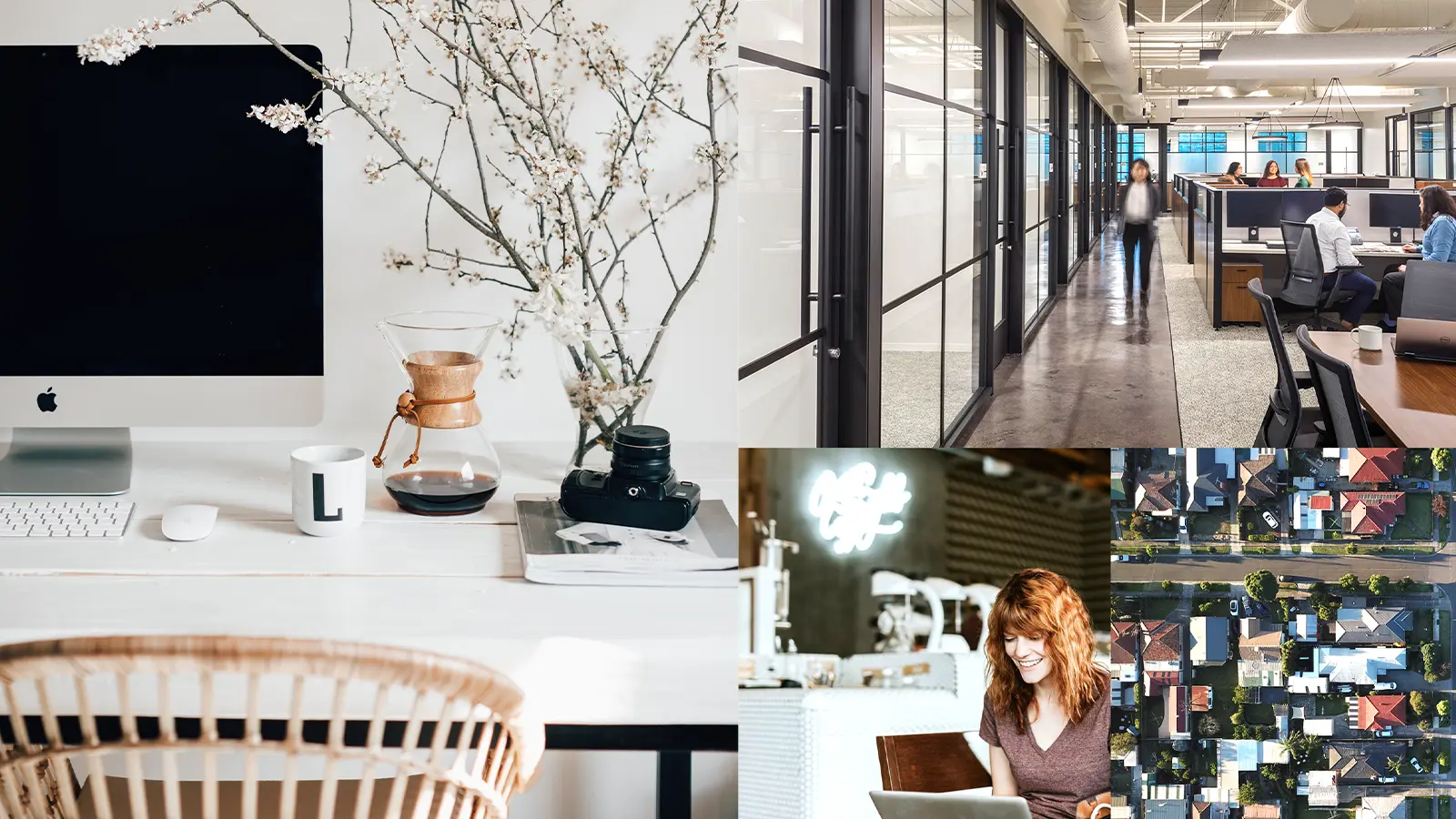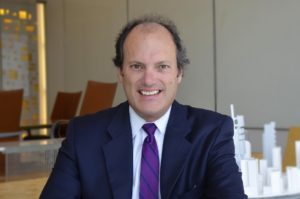OUR VOICE
Home › Our Voice › Articles › How Four Places Will Define the Workplace
How Four Places Will Define the Workplace
You’ve probably heard about it or read about it—it’s been in the news lately: We’re in a pandemic!
The effect on the workplace seems significant. We’re still working from home. Our clients are still working from home. Well, some of them are, but it seems so dependent by locality, by calendar, and even by time of day! Let’s agree that our definitions of normal are highly variable!
But the bigger question is whether the effects are long-lasting and permanent or just a temporary blip. And depending on how you approach that, what can we learn about designing workplaces moving forward? What’s going to stick with us?

Let’s start with a premise: Offices are not going away.
And working at home is also here to stay—on a scale we could not have imagined back in February. We’ll clearly see a rise in neighborhood hubs: Closer to homes, closer to schools, outfitted in a way that might improve on the work-from-home set up: The best WiFi, virtual collaboration tools unavailable at my kitchen table, a place for heads-down uninterrupted work. Maybe even a better printer than that one I have at home…
Add Third Places to work too. We’ll think beyond the coffee shop to other businesses, parks, libraries, maybe the kid’s school. What if I could take the kids to soccer practice and work in a shaded, cool, WiFi-enabled pavilion?
The Office, the Hub, the Third Place, and Home—this is the new workplace. The blending of work and life will accelerate.
The Office, then by default, will have fewer people in it with all these other effective choices. However, our approach to the office will start with the idea of being truly Human Centric: Built around what people really need and creating the most compelling place to be. Buildings will have active lobbies working as neighborhood hubs—clean and sanitized; radical approaches to elevators, the reception area, and stairs; and emphasis on fresh air; gender-free, touch-free toilets; effective outdoor spaces that work in any weather; resilient and truly flexible workspaces.
The neighborhood Hub will provide an in-between workplace that allows employees to stay closer to home, provide more robust technology, effective collaborative tools, and better focus workspaces compared to individual homes. Think of these as an accommodation for work beyond what many households can provide without the commute or commitment of an entire day at the office.
The Third Place will be built on the foundation that many already embrace: Coffee shops, the bar at a restaurant, hotel, and airport lounges. We expect WiFi, easy access to power, and furniture arrangements that allow a modicum of privacy. Consider this offering expanded to better coordinate with school and childcare. What if there were a shaded, even air-conditioned outdoor space at the park or the soccer field? Could there be a work spot at the playground or the neighborhood school?
And last, but certainly not least, the Home: This is already an integral part of the new Workplace. Already home builders are building in alcoves or small, even semi-private spaces for better accommodation of Zoom calls and heads-down work. And if you’ve tried to get stronger WiFi, order a bigger monitor, or set up a better camera arrangement, you know you’re not the only one figuring this out!
The best buildings are designed from the Inside Out: If it’s not about the people, the people will choose an alternative. Start at the desk, move out to the work zone, then the collaborative zone, the floor, the stack, the building. If it doesn’t matter to people on the inside—if all those components don’t work, then it doesn’t matter on the skyline. We’re going to take that logic all the way down the line to all the places where work will happen. This is the new workplace.
It’s exciting! And you’ll still need to wear pants.

Larry Lander
Larry’s thirty-plus year career in workplace design is the foundation for his deep knowledge of effective work environments. As a Principal with PDR, he has led teams in the design of new large-scale buildings, development of campuses, learning environments, and corporate relocations.


